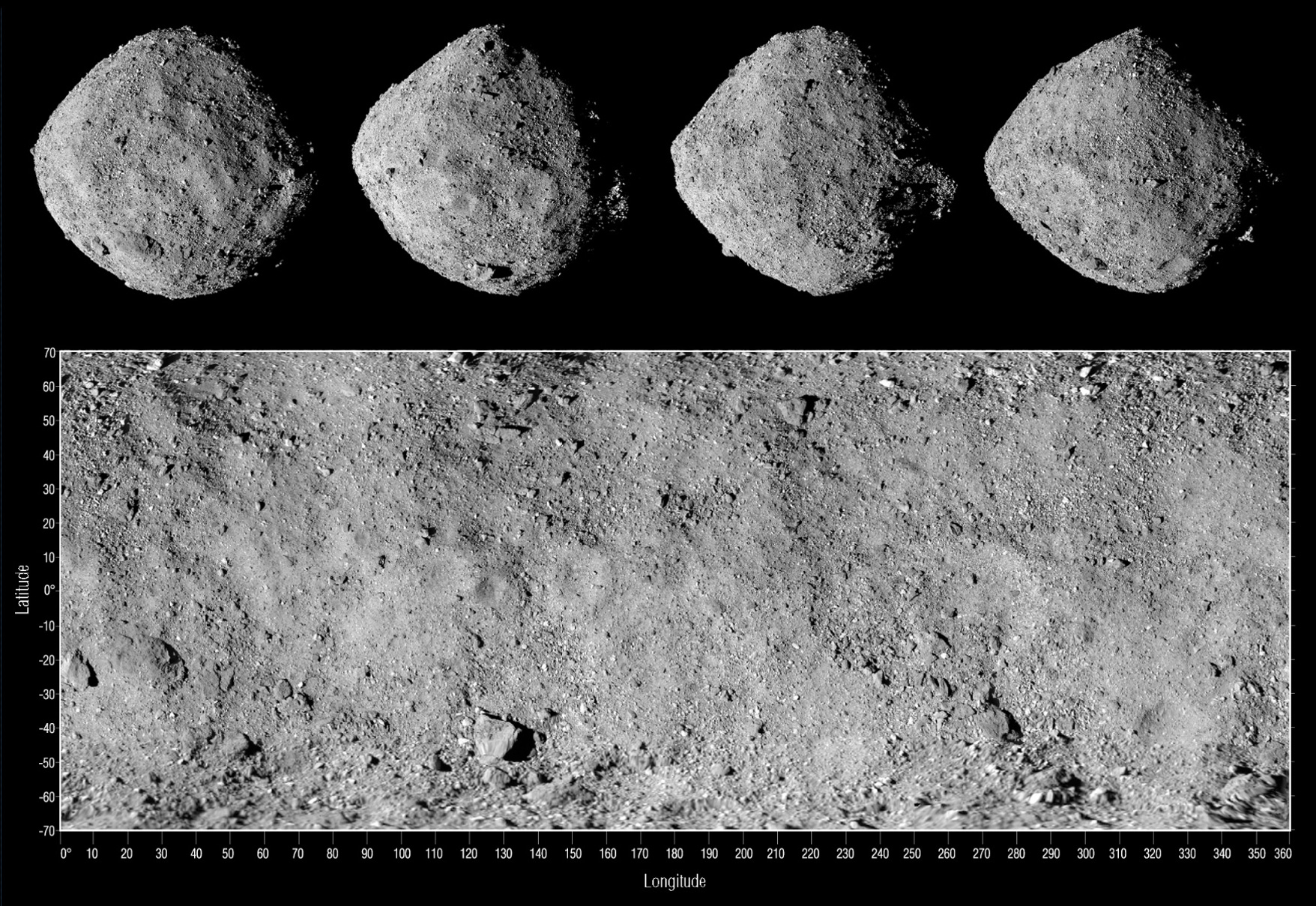Bits of Bennu asteroid to arrive at UBC
September 25, 2023

September 25, 2023

This weekend, samples collected from the Bennu asteroid successfully touched down in the Utah Test and Training Range—a milestone for NASA’s OSIRIS-REx mission and partners at the Canadian Space Agency. UBC has already made major contributions to the mission – a team including UBC planetary scientist Dr. Catherine Johnston used data from the Canadian-designed OSIRIS-REx laser altimeter to help select a safe sampling site.
Now, after evaluation, a portion of that material—potentially dating back to the birth of the solar system roughly 4.5 billion years ago—will be delivered to UBC’s Pacific Centre for Isotopic and Geochemical Research (PCIGR) for analysis. Dr. Dominique Weis, director of the facility, discusses the challenges of providing high-precision, low-level isotopic and geochemical analysis of rock and dust samples from what’s been described as a rubble pile of an asteroid.
Our team is skilled in performing low-level, high-precision geochemical analyses. This involves careful sample handling to avoid contamination, sample preparation using various chemical techniques, and analysis using state-of-the-art and very sensitive mass spectrometers.
Working on Bennu asteroid samples will be the first time our lab will handle and analyze pristine extraterrestrial material—samples that have come straight from space, not meteorites that have fallen through Earth’s atmosphere, landed on the surface, and been chemically and physically altered.
In close consultation with NASA and the Canadian Space Agency (CSA), we’ve spent the last year optimizing our instruments and practising on representative samples from meteorites (Murchison and Allende) that fell to Earth. These meteorites are closest in composition to what we expect from Bennu. Using these practice samples, our team has devised methods on how best to process the pristine Bennu samples and analyze them for their chemical composition. That allows us to tweak our methods until we have a set procedure that we’re confident in using once the Bennu samples arrive. CSA funding and support has been crucial, as have test meteorite samples provided by the Smithsonian Institution.
To understand a system, whether it’s finding out what’s in our honey, reading the history of volcanic rocks or dating a billion-year-old mineral, we have to characterize their elemental and isotopic compositions. More often than not, just minute quantities of elements and isotopes can define and differentiate one system from another. We’re talking about concentrations in the parts per million to parts per billion – a part per billion is equivalent to one drop of water in an Olympic-sized swimming pool. Our instruments are that sensitive. All this is part of the reason UBC funds PCIGR as a shared research platform, accessible to the wider community for geochemical and geochronological analyses.
With Bennu, asteroid specialists have some idea of what to expect regarding its composition. And we’ve gained some practice with the test meteorite samples. But no one can be fully sure what to expect. Only two other asteroids (Ryugu and Itokawa) have been sampled directly from space, in very minute quantities. Based on this experience, the international research community will conduct as many types of analyses on Bennu samples as possible. The project lead, Dr. Dante Lauretta (University of Arizona) has tasked PCIGR to analyze the samples for low-level elemental concentrations using some highly sensitive instruments, as well as major element compositions. The work will push some of our techniques to levels of precision, reproducibility and chemical detection that we haven’t reached before.
We’ll get powdered samples and subject them to a chemical procedure to reduce them into a liquid solution—the typical format our mass spectrometers can handle. During the preparation, we’ll be processing standard reference materials in parallel with the Bennu samples. Standard reference materials have a known chemical composition that will ensure quality control of our processing and analytical procedures. Because we’re dealing with major and trace elements that are in minute concentrations, we have to be careful about contamination. This means processing the asteroid samples and reference materials in a clean-lab environment. The air in our clean lab and fume hoods respectively has only 1,000 or 100 particles of less than 0.5 microns in diameter per cubic foot. A human hair is about 50 microns in diameter. So, we’re talking about a really clean environment!
Bennu’s constituent materials haven’t undergone significant chemical changes over the past 4.5 billion years. So, finding out what Bennu is made of will give us a window into the early solar system and what gave rise to how our solar system turned out to be. We don’t know what to expect once we start analyzing the samples. We hope to be pleasantly surprised by learning something that we hadn’t expected!
We honour xwməθkwəy̓ əm (Musqueam) on whose ancestral, unceded territory UBC Vancouver is situated. UBC Science is committed to building meaningful relationships with Indigenous peoples so we can advance Reconciliation and ensure traditional ways of knowing enrich our teaching and research.
Learn more: Musqueam First Nation